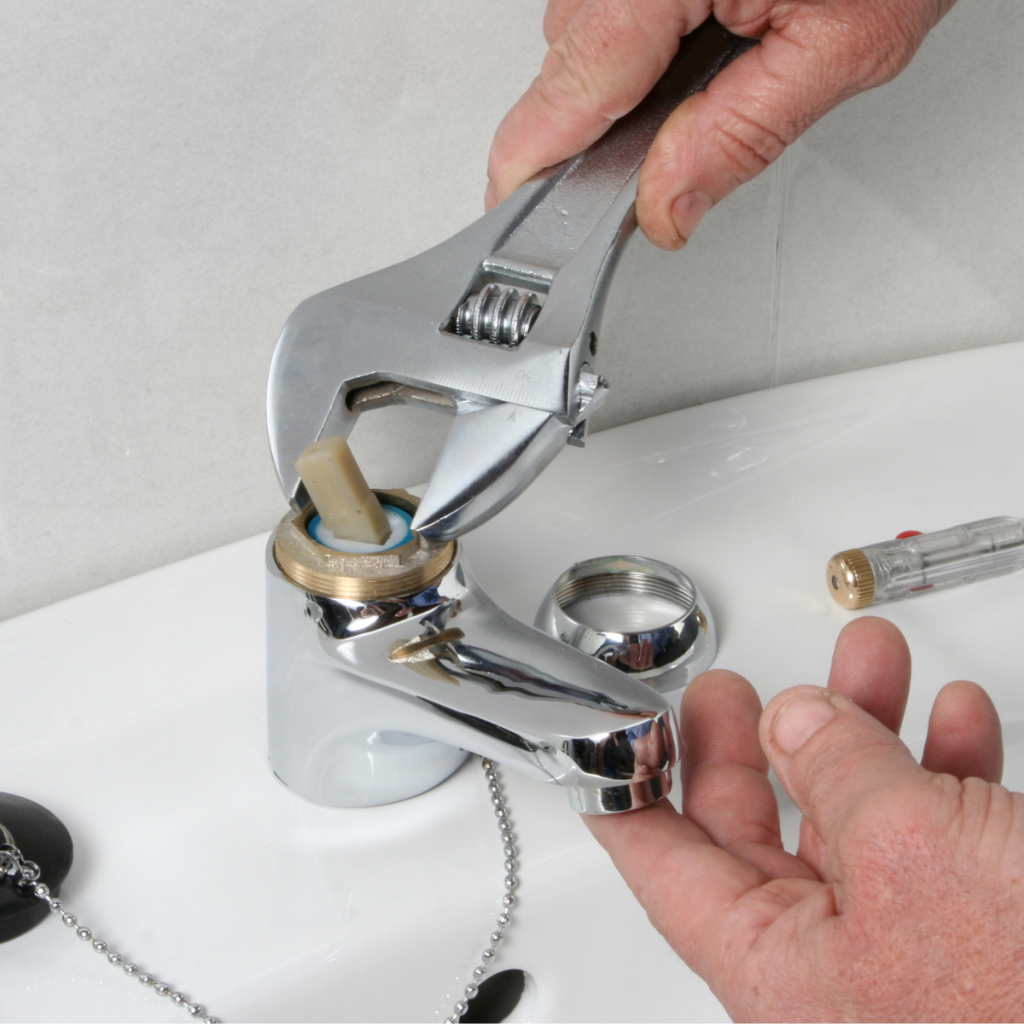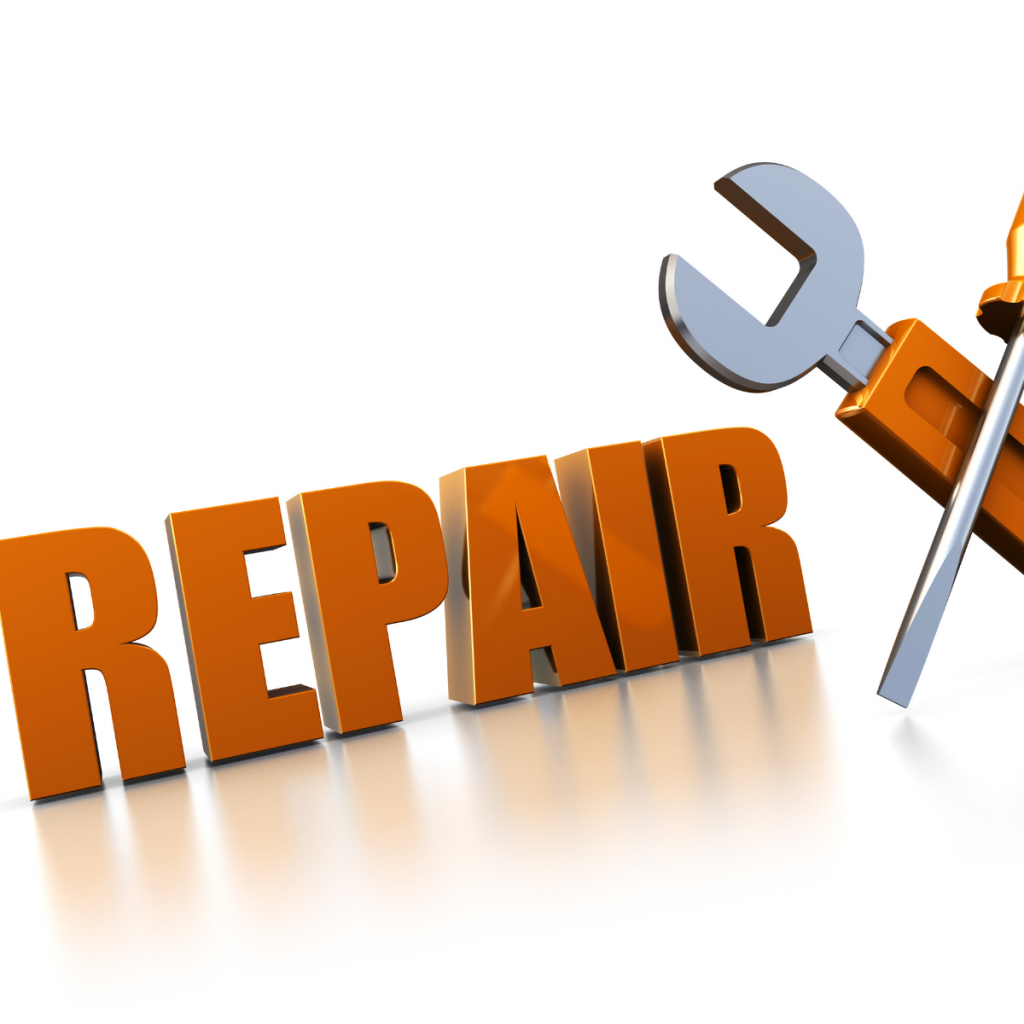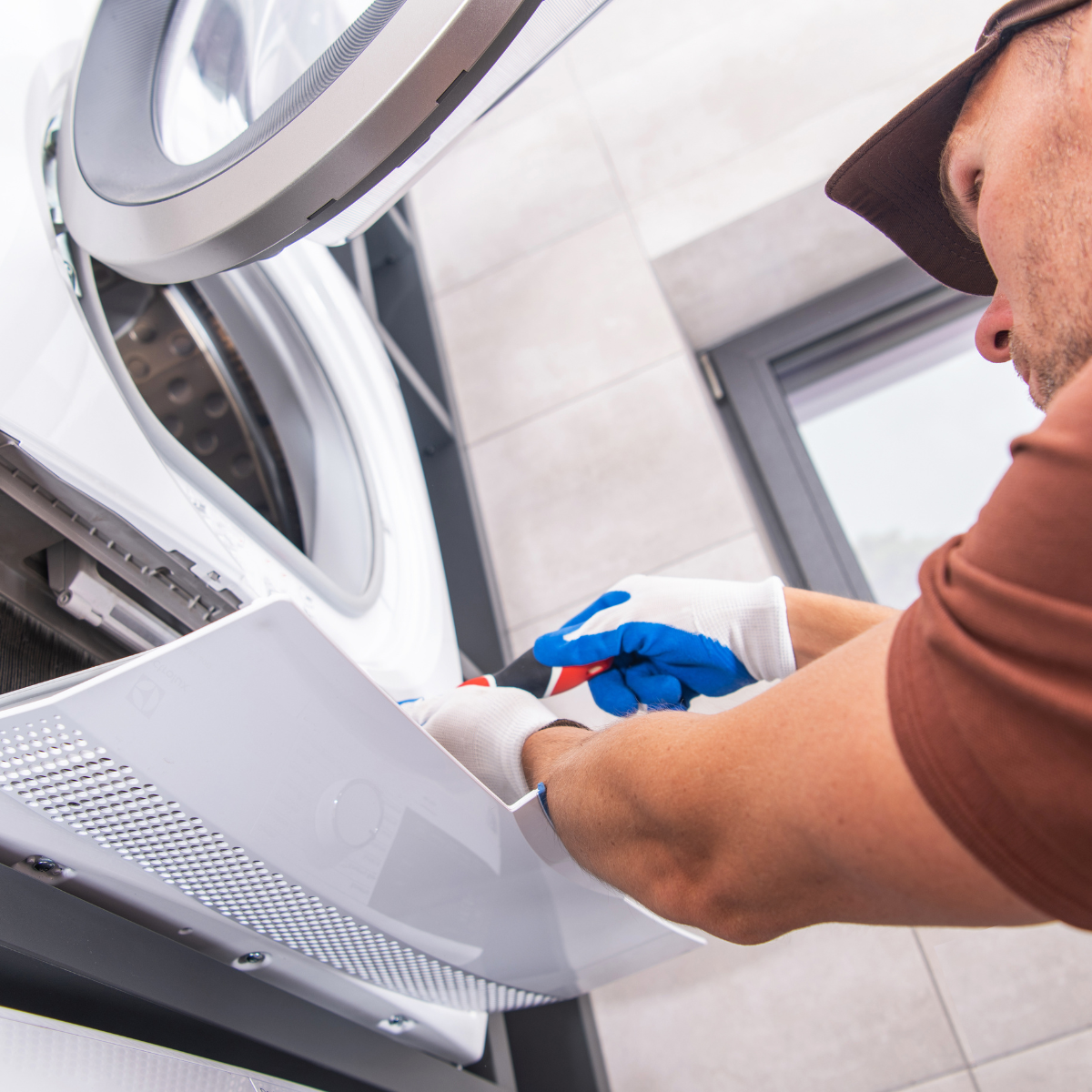Repair services are an essential part of maintaining electronic devices, appliances, and other equipment, but they can sometimes come with hidden costs. Understanding how to navigate the repair service landscape can help you avoid overcharges and ensure that you get the best value for your money. Whether you’re fixing a malfunctioning laptop, phone, or household appliance, being informed and proactive can prevent unnecessary financial strain. In this article, we’ll explore practical tips to help you avoid overpaying when seeking repair services, ensuring transparency, fair pricing, and high-quality results.
Why Avoiding Overcharges in Repair Services is Crucial

When it comes to repair services, overcharging can happen in a variety of ways. From hidden fees to inflated labor costs, the risk of paying more than necessary is a common concern for consumers. Avoiding these pitfalls is not only about saving money but also about ensuring that the repair is carried out efficiently and correctly. By following the right strategies, you can protect yourself from deceptive practices and ensure that your devices are repaired without breaking the bank. This guide will walk you through how to spot red flags and make informed decisions about repair services.
1. Research and Compare Repair Service Providers
The first step in avoiding overcharges is doing thorough research before committing to a repair service. Prices for similar repairs can vary greatly from one provider to another, so comparing quotes and services is essential. Many repair service companies provide free consultations or estimates, so take advantage of this opportunity to gauge pricing.
How to do it effectively:
- Look for service providers with transparent pricing structures.
- Compare the same repair services from multiple companies to see which one offers the most competitive rate.
- Read reviews and testimonials from previous customers to ensure the service provider is trustworthy.
Research can save you from falling victim to inflated prices or subpar services. It also gives you the confidence to ask informed questions when discussing the repair process.
2. Get an Accurate Estimate Before Agreeing to Repairs
One of the best ways to avoid overcharges is to obtain an accurate and detailed estimate before allowing any repairs to begin. A good repair service provider will be able to offer a clear breakdown of the costs involved, including parts, labor, and any additional fees. Ensure the estimate includes all potential charges so there are no surprises later.
Key points to consider:
- Request a written estimate to avoid any misunderstandings.
- Ask for clarification on any vague charges in the estimate.
- Find out if the provider charges a diagnostic fee and whether it’s waived if you proceed with the repair.
If the provider refuses to give you an estimate or if the pricing seems unusually high, consider it a red flag. Reputable companies will be transparent about their pricing structure.
3. Understand the Repair Process and Parts Used
Understanding the repair process and the quality of the parts being used can help you avoid overpaying for unnecessary or low-quality repairs. Some companies may offer cheaper services but use substandard or counterfeit parts, which can lead to further issues down the line.
Questions to ask your repair service provider:
- What brand and type of parts will be used for the repair?
- Are the parts new, refurbished, or aftermarket?
- How long is the warranty on the parts and labor?
By ensuring that you are getting quality parts and a transparent repair process, you can avoid unnecessary repairs or follow-up issues. Avoid repair services that insist on using inferior parts to cut costs.
4. Check for Hidden Fees and Extra Charges
One common way service providers overcharge is by tacking on hidden fees and extra charges that are not disclosed upfront. These fees can include emergency service fees, fuel charges, or excessive labor costs. To prevent this from happening, make sure you ask about any potential extra costs before proceeding with repairs.
Be aware of these additional charges:
- Emergency or after-hours service fees
- Travel or transportation costs
- Diagnostic or assessment fees that aren’t applied toward the repair cost
- Removal or disposal fees for old parts
Request a detailed breakdown of the repair costs and ask for clarification on any potential hidden charges. This will help ensure that you are only paying for the repair service and not for unnecessary add-ons.
5. Request a Written Warranty for Repairs
A reputable repair service should offer a warranty or guarantee for the work done. This warranty typically covers both parts and labor for a set period. If your repair service provider does not offer a warranty or guarantee, it could be a sign that they are not confident in the quality of their work.

What to expect from a warranty:
- Coverage for parts and labor for a specific time period.
- The warranty should be clearly written and easy to understand.
- Any exclusions or limitations should be listed to avoid confusion.
Having a warranty ensures that if the repair does not resolve the issue, you are not left paying for the same service multiple times. Without a warranty, you may end up paying for a follow-up repair or additional labor.
6. Avoid Unnecessary Repairs and Upgrades
Another way to avoid overcharges is by being aware of upselling tactics. Some repair shops may suggest unnecessary repairs or upgrades that are not needed, often as a way to increase their profit margins. It’s important to trust your instincts and question any additional work that doesn’t seem essential.
Tips to avoid unnecessary repairs:
- Only approve repairs that are essential to fixing the problem.
- Ask for clarification if the technician suggests replacing parts that do not seem directly related to the issue at hand.
- Consider getting a second opinion if the recommended repair seems excessive.
If you’re unsure whether a recommended repair is necessary, seek a second opinion from another reputable provider. This can help you avoid paying for unnecessary services and focus only on what’s needed to get your device working properly again.
7. Use Reputable Service Providers with Strong Customer Support
A key indicator of a reliable repair service provider is their customer support system. Reputable businesses focus on providing high-quality service and value customer satisfaction. If a provider is not responsive or refuses to answer your questions, this can be a sign of poor service quality and potential overcharging.
How to evaluate customer service:
- Check for a clear, accessible communication channel (phone, email, chat).
- Review customer service reviews online to assess their responsiveness.
- Consider the provider’s willingness to explain the repair process and answer your questions in detail.
Good customer service is not only about answering queries but also about being transparent and offering fair pricing.
8. Look for Special Offers and Discounts
Many repair service providers offer discounts, promotions, or loyalty programs that can help lower the cost of repairs. Before committing to a service, check whether any discounts or offers are available. Some providers offer seasonal promotions, bundle deals, or discounts for repeat customers.

Where to find savings:
- Search for online coupons or promotional codes.
- Inquire about seasonal discounts or special deals.
- Ask about any ongoing customer loyalty programs or discounts for first-time customers.
Taking advantage of discounts or special offers can make a significant difference in the overall cost of your repair, helping you avoid paying full price.
9. Know When to Walk Away
If you feel uncomfortable with a repair service’s pricing, practices, or customer service, don’t hesitate to walk away. There are plenty of reputable providers available, and it’s better to take your business elsewhere than to overpay for subpar service.
Signs it’s time to move on:
- The provider refuses to offer an estimate or gives vague pricing details.
- The repair is excessively expensive for the issue at hand.
- Customer reviews are overwhelmingly negative, especially regarding pricing and hidden charges.
Choosing to walk away may be difficult, but it ensures you don’t end up paying for unnecessary repairs or poor-quality work.
Conclusion
Navigating repair services without falling victim to overcharges requires careful planning and knowledge. By researching service providers, getting clear estimates, understanding parts and warranty terms, and being vigilant for hidden fees, you can ensure that you get the best possible value for your repairs. Always choose providers who are transparent about their pricing, offer reliable customer support, and provide warranties for their services. With these tips in mind, you can avoid overpaying and ensure your devices are repaired efficiently and cost-effectively.

Leave a Reply